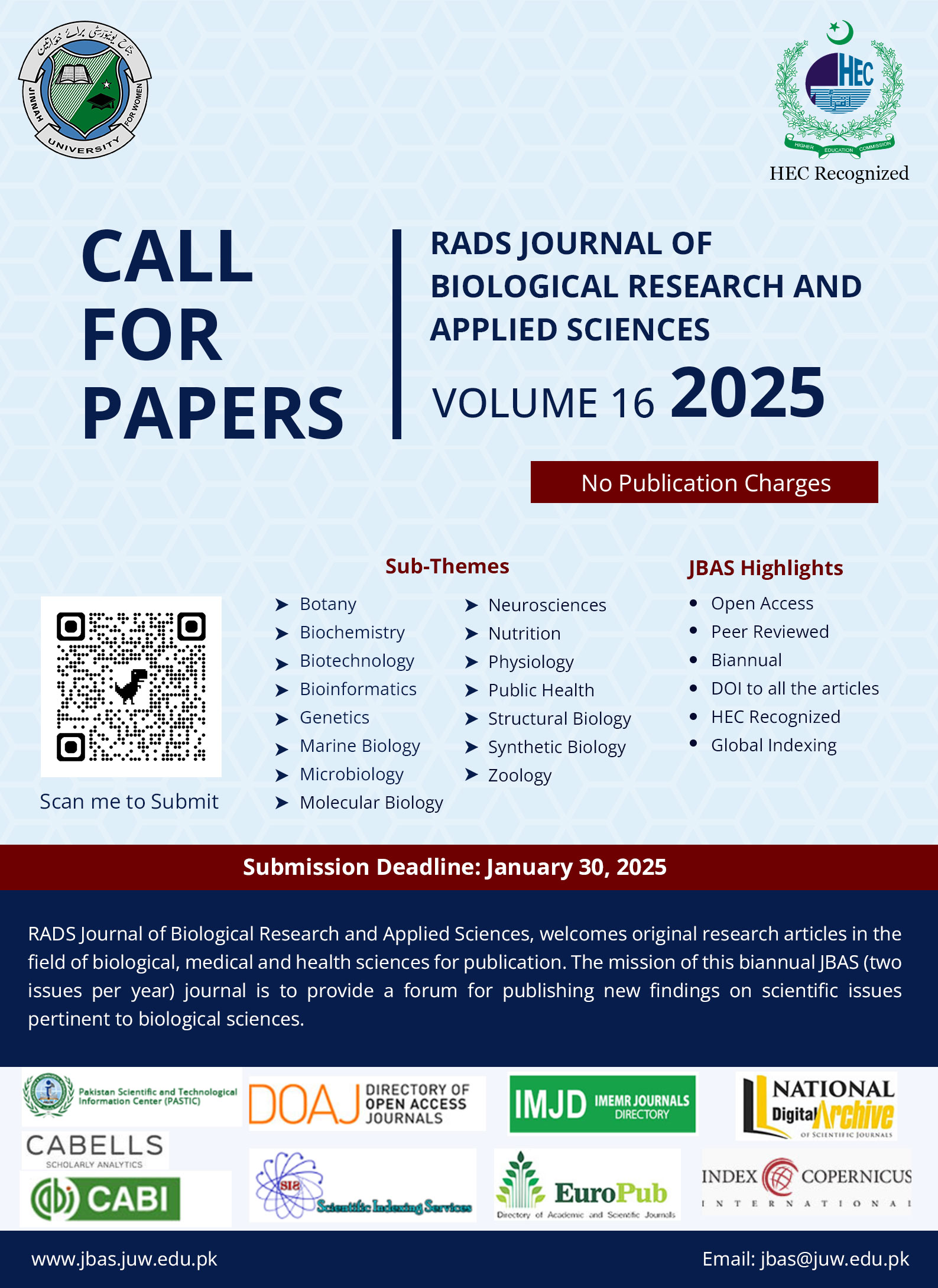Utilization of Probiotics for the Development of Non-Dairy (Oat and Barley Based) Milk Products Targeting Lactose Intolerant Individuals
DOI:
https://doi.org/10.37962/jbas.v12i1.372Keywords:
Non-dairy product, Lactose intolerance, Probiotics, Syneresis, Substitute.Abstract
Background: Lactose intolerance is a condition in people with inability to digest and breakdown the lactose sugar for metabolism. This disaccharide sugar is present in milk, and its products can be broken down into monosaccharide units by lactase enzyme, but its absence genetically or environmentally can make it difficult to consume the lactose containing products.
Objectives: The objective of this study is to develop and evaluate non-dairy products for consumer acceptance as milk alternate. Oats and barley milk can be the alternatives with addition of soluble and in-soluble fibers. Moreover, introduction of probiotics helps to improve nutritional characteristics and formulation of the product.
Methodology: The present study was designed to develop non-dairy milk from oats and barley, further fermented by using probiotics, namely Lactobacillus acidophilus and Streptococcus thermophilus to develop the drinking type yogurt product with better acceptability. Moreover, the milk products were examined through physical and chemical characteristics and the statistical analysis including pH, acidity, total soluble solids, specific gravity, and proximate analysis was conducted. Likewise, the fermented products were investigated for proximate, syneresis, color, texture, and sensory assessment to obtain best fit for milk substitute.
Results: The statistics for the prepared products showed that the color (using color meter) among the product range was L = 65.033-79.16; a* = -3.916 to -6.556 and b* = 13.847 to 23.0, while moisture was 87.233% to 97.713%. Furthermore, fat was 0.0143% to 2.3533%, protein 0.5433% to 3.286%, ash 0.095% to 0.4233%, texture 0.065 to 0.408, and syneresis range was 54.33 to 82.67 among the products.
Conclusion: After sensory evaluation and the analysis, the best treatment T1 (100% oat milk) is considered fit-to-substitute cow milk and its products, with higher consumer acceptability.


















